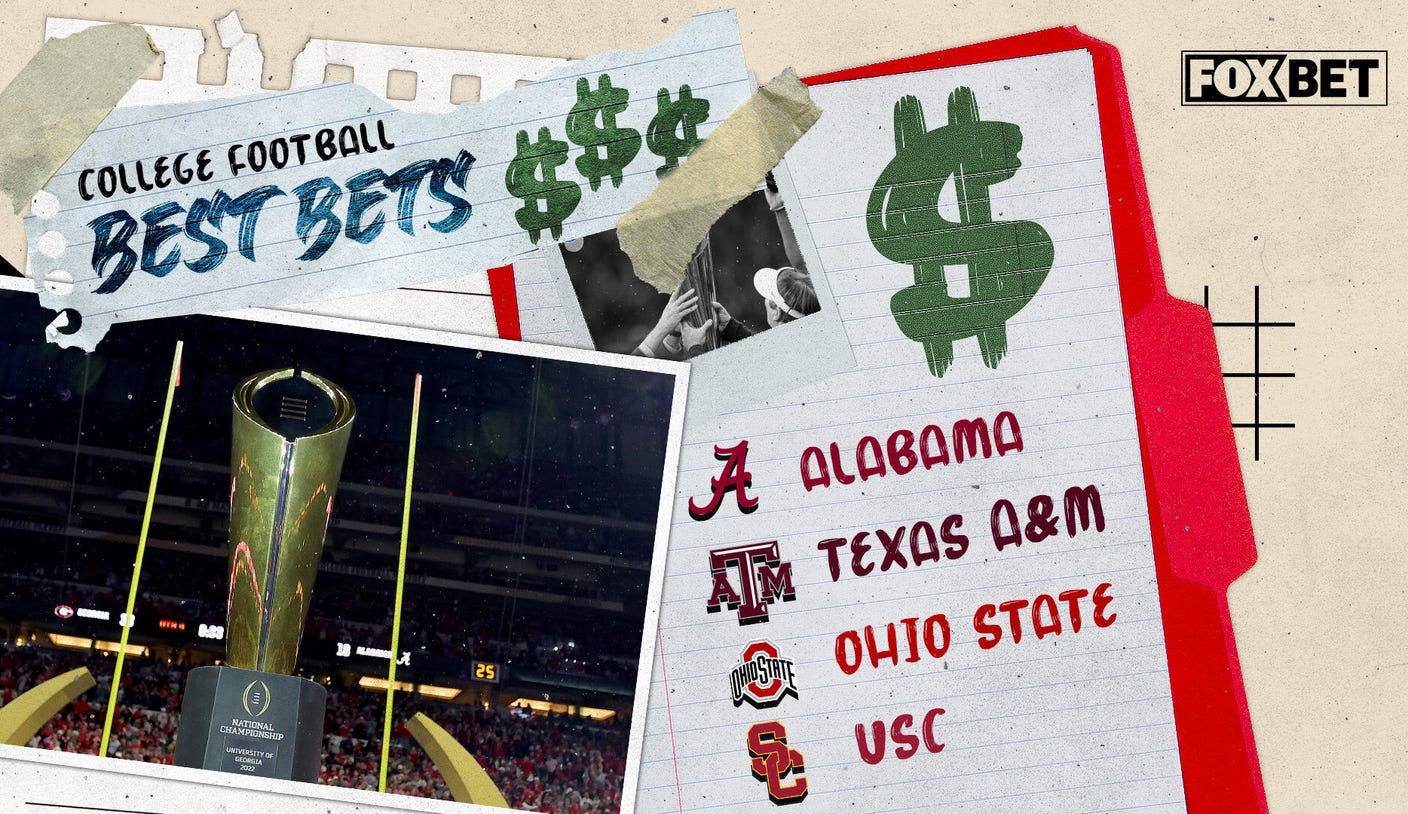
But its long history is sometimes seen as a disadvantage and an oft-repeated concern about the sport is that its fanbase is ageing. Indeed, the impending retirement of champion jockey Frankie Dettori this year signals something of an end of an era for flat racing in the UK.
Betting on horseracing is also being impacted by the same headwinds as other sports betting markets in the UK, including the difficult economic situation, the cost of living crisis and the regulatory impact of responsible gambling and KYC measures.
Stephen Davison, Head of Commercial Operations at Pythia Sports, gives some insight into how racing offerings could be improved to make sure they have the best chance of attracting new players.
In recent years interest in racing has declined slightly, such that last year Great British Racing even launched a campaign aimed at attracting more young people to racing events. What do you think is behind the decline?
All sports face a challenge engaging with younger audiences. There are increasingly more activities vying for younger people’s time. Even those interested in sports will rarely watch matches/games as their sole activity – they will be on mobile applications, gaming or social platforms at the same time. Perhaps racing has even more of a challenge in attracting new fans as some bookmakers have focused less on racing in recent years than they have in the past.
Why do you think bookmakers are less focused on racing today?
Betting is more global now and all the UK tier 1 operators have a more international focus than they did 10 years ago. Racing won’t necessarily be a leading product across their geographical portfolio anymore. Even in the UK the betting product used to hang around horseracing and football; however, betting sites are bigger marketplaces today, partly because feed suppliers have enabled bookmakers to offer constant live betting opportunities, which can be managed by the bookmaker with limited (if any) manual input. The result for the punter is that there is no need to wait until the afternoon’s racing or the weekend’s football to find a bet. This has forced bookmakers to diversify their interests, focus and marketing.
Perhaps racing has even more of a challenge in attracting new fans as some bookmakers have focused less on racing in recent years than they have in the past
In respect of marketing, do you think racing may be allocated more of bookmakers’ marketing budgets and attention going forward, given the recently introduced restrictions on gambling advertising related to other sports?
It’s certainly possible. The Advertising Standards Authority has made clear it won’t tolerate gambling companies using well-known sportspeople from competitions such as the Premier League in advertising due to their strong appeal to young people. On the other hand, its guidance says sports such as horseracing, darts and boxing are more adult-oriented and less likely to be of strong appeal to children. This gives bookmakers more opportunity to use sportspeople from these areas in their advertising.
Whether or not they will do so more often remains to be seen, but certainly more could be made of racing’s stars, be they horses, jockeys, trainers or owners. Characters draw people towards the sport. People of a certain age will still connect Frankie Dettori and John McCririck with horseracing, but there also needs to be a focus on its newer stars. Growth sports such as darts and boxing have done this really well in the last few years and they also have a heavy online presence.
In these sports, fans have created YouTube channels to interview the stars and share TikToks with footage, etc. This is something that is still largely untapped by horseracing, although where it is used it’s highly successful. For example, The Jockey Club has a TikTok page with more than 1.4 million likes.
Could this lead to racing moving up the agenda for bookmakers?
Potentially. One of the challenges for bookmakers is that because the funding of racing is so much more intertwined with betting than say, football, it’s a more expensive product to operate. The Premier League’s income comes from the audio-visual rights, but racing’s income comes from the levy and turnover fees to bookmakers and there is no way to reduce these costs.
There are also some bookmaker initiatives that drive up costs – for example, having best odds guaranteed is now almost a prerequisite for any UK operator to compete. The only real way to increase profits then is to utilise better pricing and trading approaches, but many operators lack the ability to do this in-house and are choosing to outsource to companies like ours in this regard. We know we can deliver improvements on almost any existing trading team’s returns because we’ve invested so heavily in our modelling environment to produce the most advanced pricing.
Innovation in terms of product is also needed to appeal to today’s bettors. The racing industry itself is investing in new technologies such as data capture and GPS, which provide more opportunities to offer the in-play betting that has proven so popular in other sports. But bookmakers also have a role to play in attracting more players.
The old-fashioned notion of a punter buying their newspaper to study the race and then place a few bets before watching the afternoon racing is probably not compatible with many people’s modern life
What could they be doing in this respect?
They need to bear in mind that consumers are more time-poor these days. Racing is a reasonably complex betting proposition with many more horses to follow than football teams, for example. The old-fashioned notion of a punter buying their newspaper to study the race and then place a few bets before watching the afternoon racing is probably not compatible with many people’s modern life. Races and markets could be reduced down to a more simple proposition, which is something we’ve been working on. We’ve designed markets such as whether or not the winner will be odd or even, whether the winner will be under 5.5 or over 5.5 in a 12-horse race and whether or not they will be red or black in a colour-coded racecard.
Operators could take ideas like this even further with clever UI on the front end, for example, by gamifying their race card like a roulette wheel. The UK betting market has shifted away from one focused heavily on a small group of big spenders towards one with a much greater number of casual players. In line with this, it needs to offer racing markets that present an easy proposition for consumers and allow them to have a punt even if they don’t have time to make informed decisions. If this can be achieved, bookmakers can make use of the clear advantage racing has over other sports, which is its constant operation – races are run seven days a week and, including international racing, 24 hours a day. Sometimes Premier League bettors might have to wait two weeks for a bet; with racing there’s always something to bet on and nearly all of it is available to watch on the bookmaker sites.
For more on how horseracing can attract the younger generation, check out our interview with Clive Cottrell in the September/October issue of Gambling Insider magazine.



